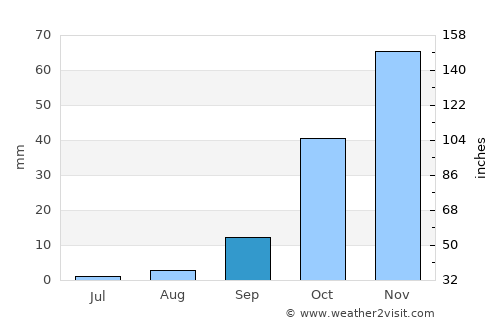

With a go-around rate around three per 1,000 flights in the UK, the average crew from the operator might have expected to experience one a year when flying at the pre-pandemic rate. 'Two engine go-arounds in day-to-day flight operations are rare. 'The investigation looked at the possibility that the crew were affected by a somatogravic illusion as the aircraft accelerated, but although this could not be completely dismissed, an analysis of the (flight) data showed it was unlikely. 'However, the crew became aware of the descent and began to correct it at the same time as the tower controller noticed their descent on the radar repeater in the tower - both the crew and ATC therefore acted to correct the flight path as soon as it was noticed.Īn investigation by the AAIB found that pilots of the flight did not realise it was descending due to high workload during the 'go-around' procedure (stock) This barrier, therefore, did not function as expected. 'In this instance, the ATC radar system alert that was supposed to warn of an aircraft with a rapid rate of descent failed to recognise that descent rate exceeded 2,500 ft/min for a total of approximately nine seconds. These were the aircraft's Terrain Avoidance and Warning System and the ATC radar system alerts. 'Although the crew seemed unaware of the descent for a significant period, there remained further barriers to a continued descent that might have alerted them to the situation. 'The commander, who was manually flying, had to manoeuvre the aircraft in roll during a very dynamic period in pitch control. The heading instructions had to be acknowledged and actioned by the co-pilot, which could have distracted him from his monitoring tasks.

'These instructions placed an additional burden on a crew that was already working hard. Of the incident AAIB added: 'The crew were assigned several heading changes both before and during the aircraft descent. Pictured: A Tui Airways Boeing 737 lands at Newcastle Airport in June On September 11, they were flying 67 TUI passengers and six crew members, when they did not realise it was descending due to high workload due to an aircraft procedure. 'The aircraft operator informed all its pilots about the event included extensive go-around training in its training cycle and completed a full review on pilot recency, which introduced additional restrictions to manage pilots through periods of reduced flying.' 'As a result of this serious incident, Aberdeen ATC changed its procedures for aircraft being broken off from the approach, and the aircraft manufacturer issued guidance to pilots about the behaviour of the Autopilot and Flight Director System (AFDS) and autothrottle during go-arounds,' said the report. Ultimately, the investigation found that appropriate measures had been taken by the flight operator and manufacturer, as well as by Aberdeen Airport's air traffic control to avoid any incidents similar to this being repeated. In addition to the high workload causing a distraction, the pilots were also understood to have gone for 'significant periods' without flying due to the Covid-19 pandemic and had low recency levels.Īs a result of the 'serious' incident, Aberdeen's air traffic control changed its procedures for aircrafts being broken off from the approach.īoeing also issued guidance to pilots about the behaviour of the Autopilot and Flight Director System, and autothrottle during go-arounds. Pilots were immediately radioed by air traffic control to bring the descent to their attention, after which the aircraft began to climb again.Īn investigation by the AAIB found that pilots of the flight did not realise it was descending due to high workload during the 'go-around' procedure.Ī go-around is an aborted landing of an aircraft that is on final approach due to an obstacle on the runway or a loss of stability, among other reasons. The flight climbed to about 3,000ft above sea level before immediately beginning its descent, falling to 1,780ft above sea level in 57 seconds. On September 11, the flight carrying 67 passengers and six crew members, was told by air traffic control to climb instead of landing due to a search and rescue helicopter needing the air space. They had been using simulators to stay on top of their game during the pandemic but this only went so far, the Air Accident Investigation Branch (AAIB) said, as they did not replicate the real-world implications of a high workload situation. Investigators said that both the co-pilot, who was on his fourth flight in nearly 11 months, and commander on ten flights in a month, had experienced 'significant periods' away from flying during the pandemic. A Tui Boeing 737 plummeted nearly 1,500ft in less than a minute above Aberdeen International Airport without pilots noticing, an investigation has found.


 0 kommentar(er)
0 kommentar(er)
